
Masaya: The Soul of Nicaragua
Discover Masaya, the vibrant 'City of Flowers' in Nicaragua, where traditional culture, stunning natural beauty, and dynamic festivals create a truly unforgettable experience.
Masaya, known as the 'City of Flowers,' is a vibrant and culturally rich destination in Nicaragua. Located just 14 kilometers from the bustling city of Granada, Masaya offers a perfect blend of natural beauty and traditional Nicaraguan culture. The city is famed for its lively markets, where you can find an array of local crafts, textiles, and delicious street food. One of the highlights of Masaya is the Masaya Volcano National Park. This park is home to one of the most active volcanoes in the country. Visitors can peer into the smoking crater and even visit the nearby museum to learn about the region's volcanic activity and history. The night tours, where you can see the glowing lava, are particularly popular. Masaya is also renowned for its festivals, especially the San Jeronimo festival which lasts for three months and showcases traditional dances, music, and parades. The city's cultural vibrancy is palpable, with numerous events and celebrations occurring throughout the year. Don't miss the opportunity to visit the ancient Masaya Fortress, which offers panoramic views of the city and Lake Masaya. In addition to its cultural and natural attractions, Masaya is a gateway to exploring the surrounding areas, including the picturesque Laguna de Apoyo, a crater lake perfect for swimming and kayaking. Whether you're an adventurer, a culture enthusiast, or simply looking to relax and soak in the local atmosphere, Masaya has something to offer everyone.
Local tips in Masaya
- Visit the Masaya Volcano National Park at night for an unforgettable view of the glowing lava.
- Explore the local markets early in the morning to get the best deals and freshest produce.
- Attend the San Jeronimo festival if you're visiting between late September and December to experience traditional Nicaraguan culture.
- Try the local street food, especially the nacatamales and vigorón, for an authentic taste of Nicaraguan cuisine.
- Bring comfortable walking shoes as many of the city's attractions are best explored on foot.
Masaya: The Soul of Nicaragua
Masaya, known as the 'City of Flowers,' is a vibrant and culturally rich destination in Nicaragua. Located just 14 kilometers from the bustling city of Granada, Masaya offers a perfect blend of natural beauty and traditional Nicaraguan culture. The city is famed for its lively markets, where you can find an array of local crafts, textiles, and delicious street food. One of the highlights of Masaya is the Masaya Volcano National Park. This park is home to one of the most active volcanoes in the country. Visitors can peer into the smoking crater and even visit the nearby museum to learn about the region's volcanic activity and history. The night tours, where you can see the glowing lava, are particularly popular. Masaya is also renowned for its festivals, especially the San Jeronimo festival which lasts for three months and showcases traditional dances, music, and parades. The city's cultural vibrancy is palpable, with numerous events and celebrations occurring throughout the year. Don't miss the opportunity to visit the ancient Masaya Fortress, which offers panoramic views of the city and Lake Masaya. In addition to its cultural and natural attractions, Masaya is a gateway to exploring the surrounding areas, including the picturesque Laguna de Apoyo, a crater lake perfect for swimming and kayaking. Whether you're an adventurer, a culture enthusiast, or simply looking to relax and soak in the local atmosphere, Masaya has something to offer everyone.
When is the best time to go to Masaya?
Iconic landmarks you can’t miss
Mirador de Catarina
Explore the stunning views and vibrant atmosphere at Mirador de Catarina, a must-visit observatory in Nicaragua.
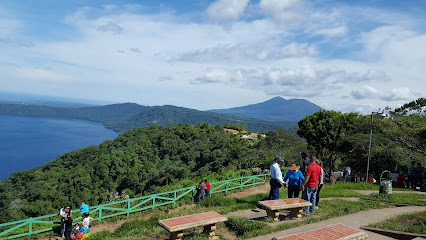
Masaya Central Park
Discover the cultural richness and natural beauty of Masaya Central Park, a vibrant destination for tourists exploring Nicaragua's heritage.
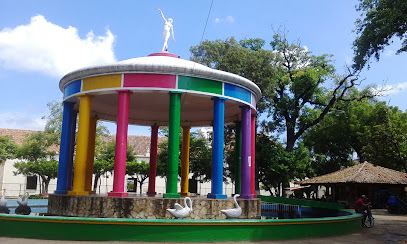
Parque Japón Nicaragua
Explore the serene beauty of Parque Japón Nicaragua, a peaceful urban park featuring stunning Japanese gardens and tranquil landscapes in Managua.
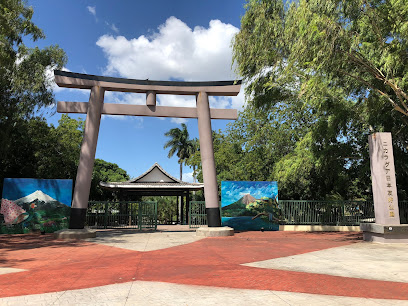
Cristo de La Misericordia
Experience breathtaking views and spiritual serenity at the iconic Cristo de La Misericordia in San Juan del Sur, a must-visit attraction for travelers.
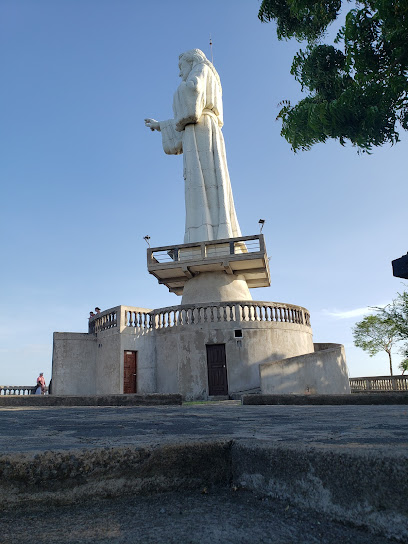
Plaza Nicaragua
Discover the tranquil beauty and cultural richness of Plaza Nicaragua, a lush park in the heart of Managua, perfect for relaxation and exploration.
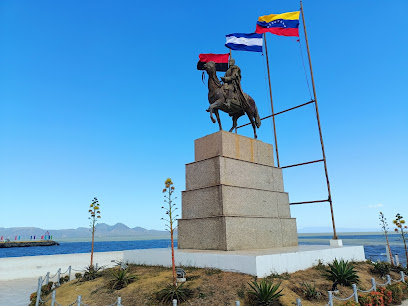
Hyatt Place Managua
Experience comfort and convenience at Hyatt Place Managua, your ideal hotel for exploring the vibrant culture and attractions of Nicaragua.
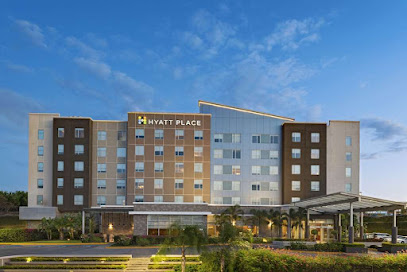
Reserva Natural Volcán Mombacho
Experience the breathtaking beauty and biodiversity of Volcán Mombacho, a nature preserve offering hiking, wildlife viewing, and stunning volcanic landscapes.
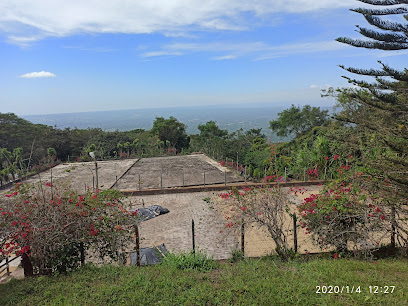
Granada Malecon
Discover the beauty and vibrancy of Granada at the Malecon, a scenic waterfront promenade with stunning views and cultural experiences.
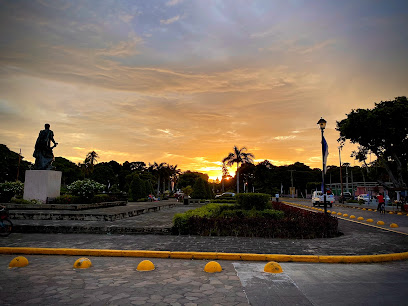
Catedral Metropolitana de Managua
Explore the architectural beauty and spiritual significance of Catedral Metropolitana de Managua, a unique landmark in Nicaragua's capital.
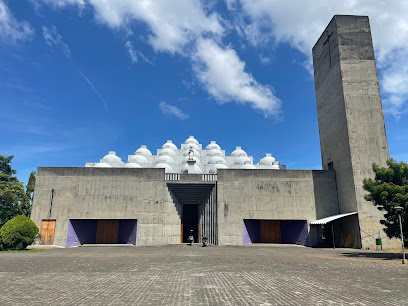
Reloj Público de Diriamba
Experience the heart of Diriamba at Reloj Público, a captivating historical landmark that beautifully reflects local culture and community spirit.

Xalteva Park
Experience the serene beauty and cultural charm of Xalteva Park, a lush oasis in the heart of Granada, Nicaragua, perfect for relaxation and exploration.
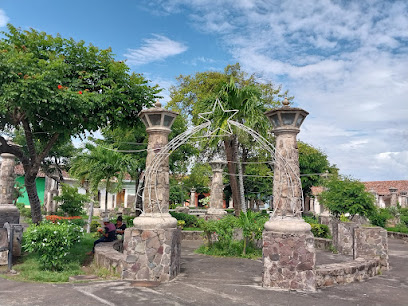
Masaya Volcano
Discover the awe-inspiring Masaya Volcano, an active natural wonder in Nicaragua, rich in biodiversity and cultural history.
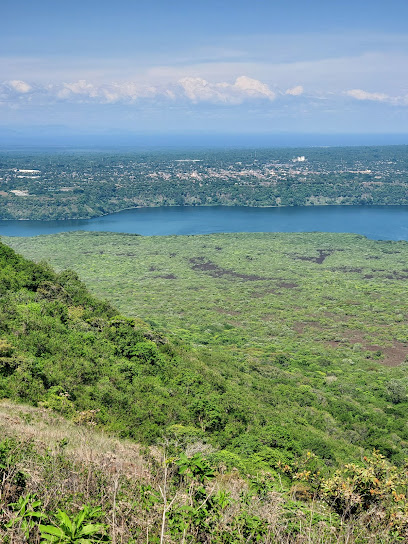
Malecon
Explore the picturesque Malecon in Masaya, a serene park blending natural beauty and local culture for an unforgettable experience.
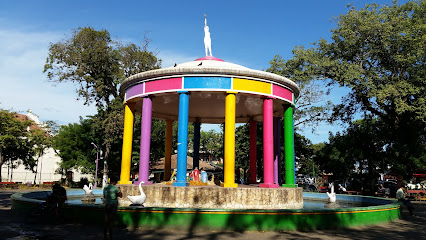
Santiago of Managua Cathedral
Explore the Santiago of Managua Cathedral, a stunning blend of modern architecture and rich history in the heart of Nicaragua's capital.

El Mercado Viejo Craft Market
Explore El Mercado Viejo Craft Market in Masaya for unique Nicaraguan crafts, delicious food, and a vibrant local atmosphere.

Unmissable attractions to see
Mirador de Catarina
Experience the breathtaking views of Laguna de Apoyo at Mirador de Catarina, a must-see observatory in Nicaragua's scenic countryside.
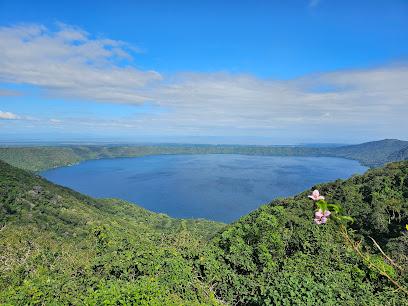
Parque Central de Granada
Experience the vibrant heart of Granada at Parque Central, where culture, nature, and history come together in a stunning urban oasis.
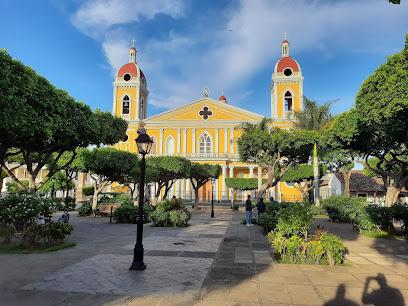
Parque Central de Granada
Explore the vibrant heart of Granada at Parque Central, a city park that blends natural beauty with rich local culture and history.
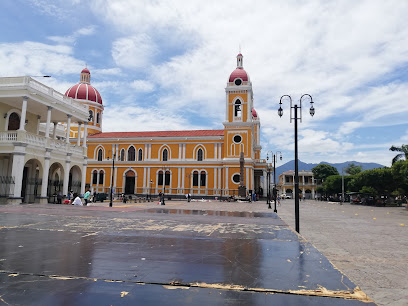
Parque Japón Nicaragua
Experience tranquility and vibrant nature at Parque Japón, Managua's serene urban park with lush gardens and cultural charm.
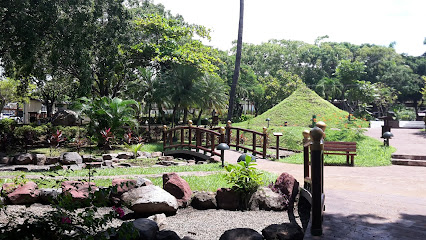
Cultural Center Old Craft Market
Explore the Cultural Center Old Craft Market in Masaya for a unique blend of Nicaraguan artistry, delicious cuisine, and vibrant local culture.
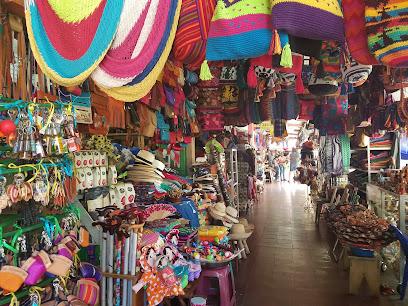
Teatro Nacional Rubén Darío
Experience the vibrant heart of Nicaraguan culture at Teatro Nacional Rubén Darío, an architectural gem offering captivating performances and artistic events.
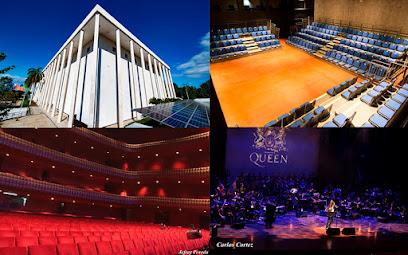
Plaza Nicaragua
Discover the heart of Managua at Plaza Nicaragua, a vibrant park filled with culture, art, and local flavor, perfect for relaxation and exploration.
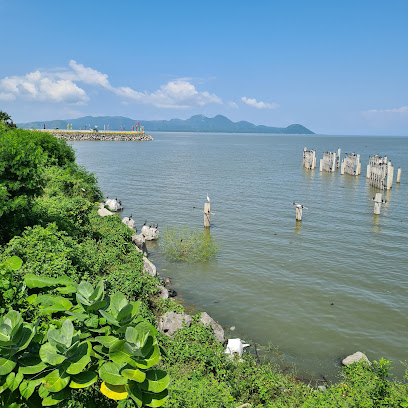
Reserva Natural Volcán Mombacho
Discover the breathtaking landscapes and rich biodiversity of the Mombacho Volcano Natural Reserve, a must-visit destination near Granada, Nicaragua.
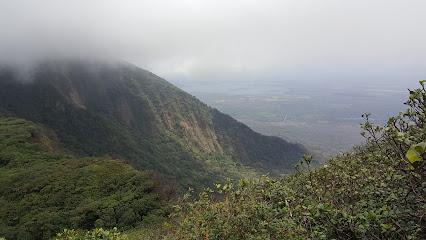
Granada Malecon
Experience the vibrant atmosphere of Granada Malecon, a stunning waterfront promenade perfect for leisurely walks and cultural exploration.
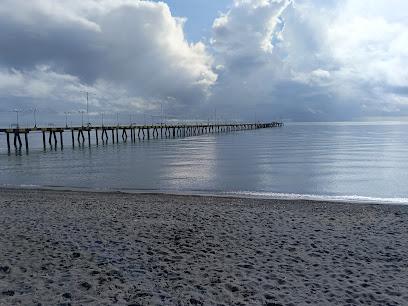
Parque Natural Divina Misericordia
Explore the lush landscapes and serene ambiance of Parque Natural Divina Misericordia, a tranquil retreat in the heart of Managua, Nicaragua.
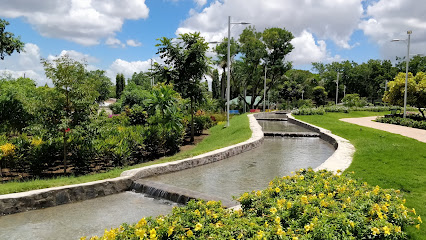
Chocolate Museum of Granada
Discover the rich heritage of chocolate at the Chocolate Museum of Granada, where history, culture, and sweet flavors come together in a delightful experience.
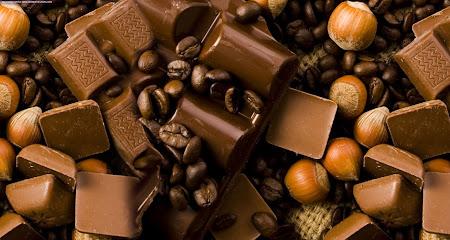
Reserva Natural Laguna de Tiscapa
Experience the natural beauty and tranquility of Reserva Natural Laguna de Tiscapa, a lush paradise in the heart of Managua, Nicaragua.

Chocolate Museum of Granada
Experience the rich history and delight in the flavors of chocolate at Granada's Chocolate Museum, a sweet destination for all ages.
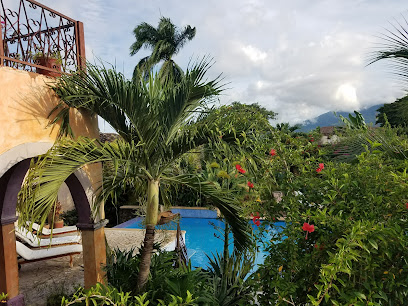
Xalteva Park
Experience tranquility and culture at Xalteva Park, a green oasis in the heart of Granada, Nicaragua, perfect for relaxation and exploration.

Malecon
Discover the Malecon in Masaya, a picturesque waterfront promenade blending nature, culture, and local charm for an unforgettable experience.

Essential places to dine
Baho Vilma
Discover the heart of Nicaragua at Baho Vilma - where authentic flavors meet warm hospitality in Masaya's vibrant dining scene.

Pollos Narcy's Masaya
Discover authentic Nicaraguan cuisine at Pollos Narcy's Masaya—famous for its delicious grilled chicken and warm hospitality.
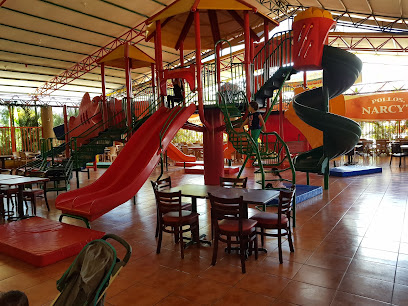
El Mercado Viejo Craft Market
Discover unique crafts and flavors at El Mercado Viejo Craft Market in Masaya—an essential stop for every traveler seeking authentic Nicaraguan experiences.
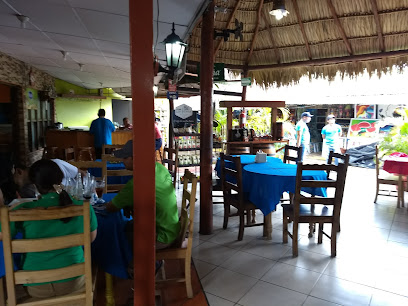
Restaurante Kaffe Café
Experience authentic Nicaraguan flavors at Restaurante Kaffe Café in Masaya – where every dish tells a story.
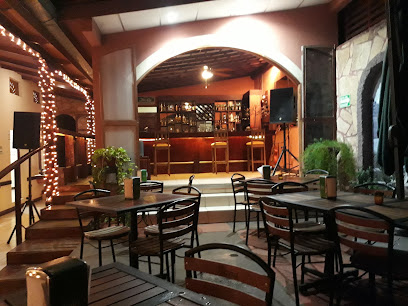
Asados Emelina
Experience authentic Nicaraguan flavors at Asados Emelina in Masaya – where every meal is a celebration of local culinary traditions.
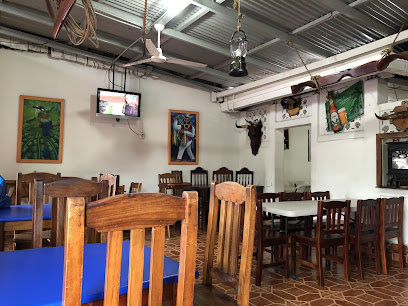
Casona vieja
Experience authentic Nicaraguan cuisine at Casona Vieja in Masaya – where tradition meets taste in every dish.

Asados Doña Minguita
Discover authentic Nicaraguan flavors at Asados Doña Minguita - where delicious grilled meats meet warm hospitality in Masaya.
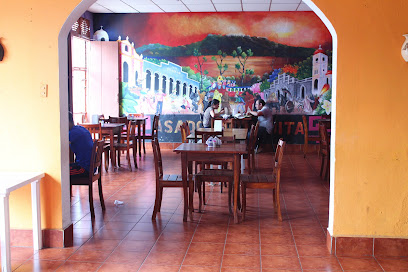
Restaurante Verdi #2
Experience authentic Nicaraguan flavors at Restaurante Verdi #2 in Masaya - where delicious cuisine meets warm hospitality.
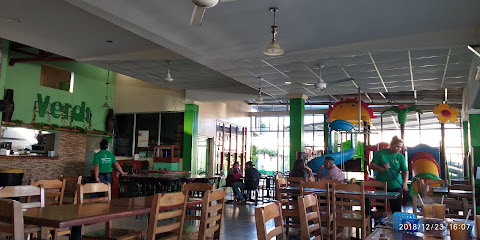
Don Ceviche
Discover authentic Nicaraguan seafood at Don Ceviche in Masaya – where fresh flavors and warm hospitality create unforgettable dining experiences.
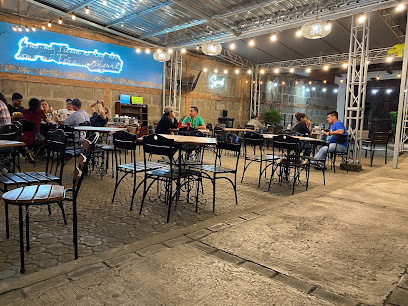
Comidas Criollas
Savor authentic Nicaraguan cuisine at Comidas Criollas – A delightful buffet experience in Masaya showcasing local flavors.
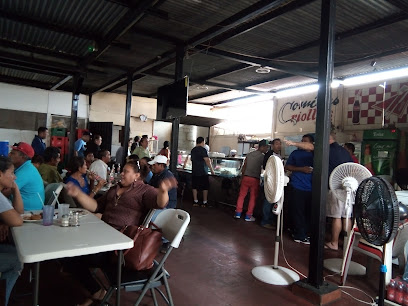
Chelivett's House
Experience the heart of Nicaraguan cuisine at Chelivett's House in Masaya - where every dish tells a story of tradition and flavor.
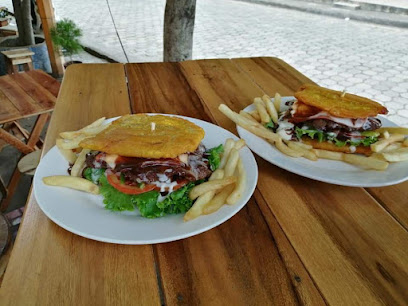
Restaurante Chino Año Nuevo • Masaya
Discover the vibrant tastes of China at Restaurante Chino Año Nuevo in Masaya – where authentic flavors meet warm hospitality.
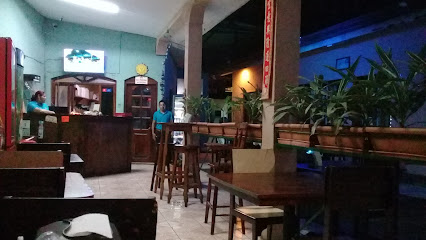
Che Gris | Restaurante en Masaya Nicaragua
Discover authentic Nicaraguan cuisine at Che Gris in Masaya - where every meal tells a story.
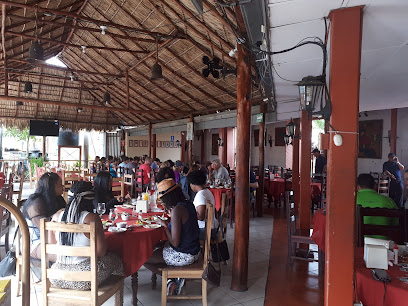
Restaurante Aeropuerto 79
Discover the flavors of Nicaragua at Restaurante Aeropuerto 79 – a perfect blend of tradition and taste along your travel route.
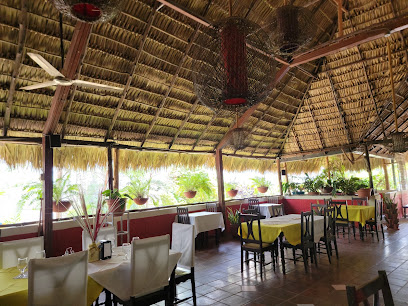
EL CRUSTACEO
Discover the flavors of Nicaragua at El Crustaceo, where fresh seafood meets vibrant local culture in Masaya's culinary scene.
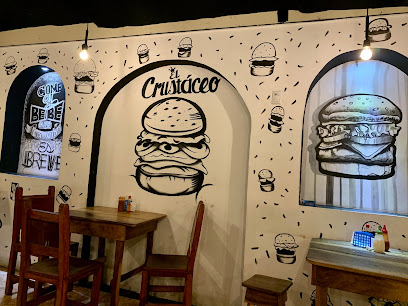
Markets, malls and hidden boutiques
Paseo Plaza Masaya
Experience the lively atmosphere of Paseo Plaza Masaya, a shopping mall blending local culture and international brands in the heart of Nicaragua.

Mercadito local De Masaya
Explore the colorful Mercadito Local De Masaya, a vibrant market offering local crafts, delicious street food, and an authentic taste of Nicaraguan culture.
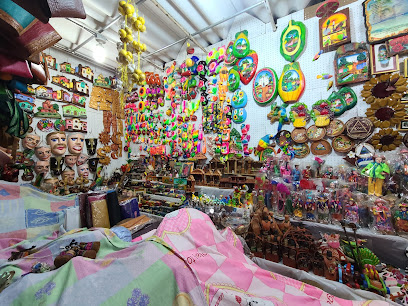
Mega Boutique Masaya
Explore the vibrant fashion of Masaya at Mega Boutique, where local craftsmanship meets contemporary style in a delightful shopping experience.
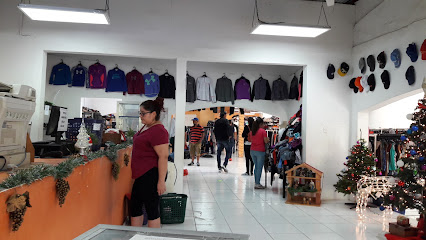
Guayaberas Camila Masaya
Explore Guayaberas Camila in Masaya for authentic Nicaraguan craftsmanship and a vibrant selection of traditional clothing.
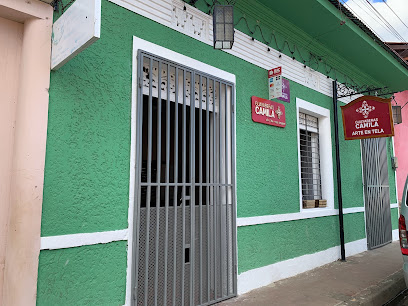
Game Shop Nicaragua - Masaya
Discover endless gaming adventures at Game Shop Nicaragua, where passion meets play in the heart of Masaya.
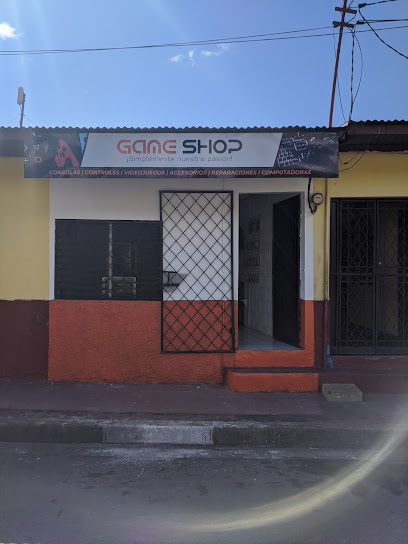
Anime Shop Masaya
Explore a vibrant selection of anime merchandise and collectibles in the heart of Masaya, Nicaragua at Anime Shop Masaya.
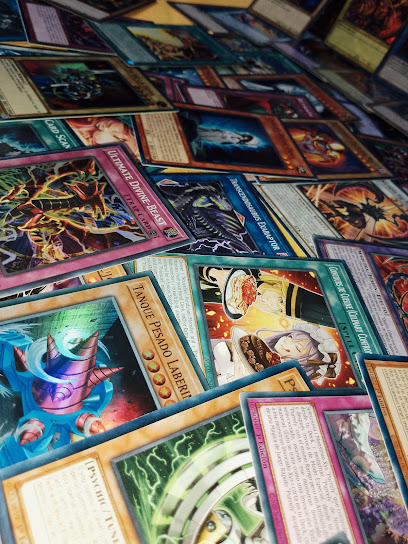
Angelita Boutique Masaya
Explore the charm of Masaya with unique vintage finds at Angelita Boutique, a treasure trove for fashion lovers and souvenir seekers alike.
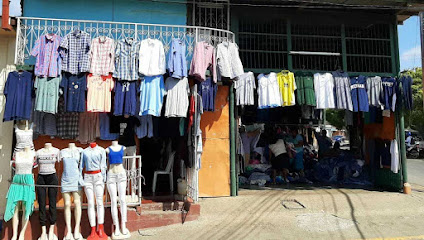
Tienda Maes Masaya
Explore unique local fashion at Tienda Maes Masaya, a clothing store in the heart of Nicaragua known for its vibrant styles and friendly atmosphere.
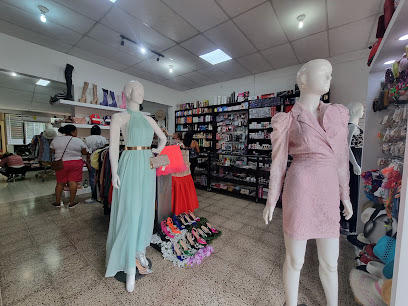
Chameleonica
Discover unique, handcrafted apparel at Chameleonica in Masaya's Main Market, where local culture meets contemporary fashion.
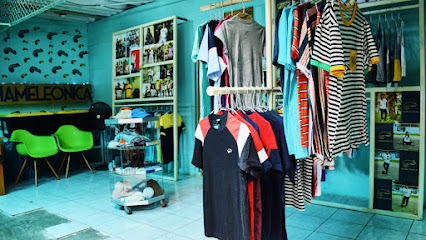
Colectivo Pop Shop
Explore Colectivo Pop Shop in Masaya for unique Nicaraguan crafts and souvenirs that celebrate local culture and artistry in every piece.

DeTodo
Explore DeTodo in Masaya for unbeatable deals on unique souvenirs and everyday essentials, all in a vibrant and welcoming atmosphere.
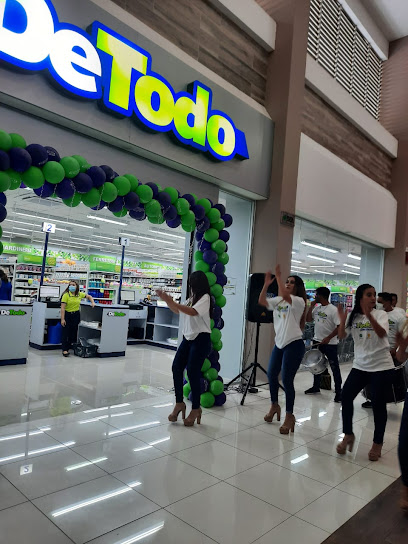
Tienda Lirio De los Valles
Discover the vibrant essence of Nicaraguan culture at Tienda Lirio De los Valles, where unique clothing pieces await every traveler.
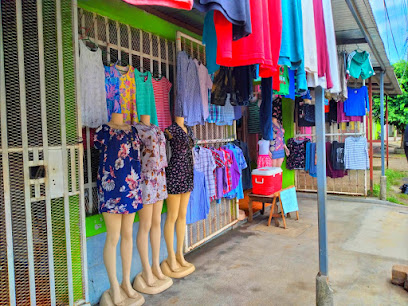
American Paiz
Explore American Paiz in Masaya for a unique shopping experience filled with sustainable fashion treasures and local culture.

Mercado central
Discover the vibrant Mercado Central in Masaya, a bustling marketplace filled with local crafts, delicious food, and cultural experiences.

Caldprint Store Masaya
Explore the vibrant styles of Nicaragua at Caldprint Store Masaya, where local fashion meets unique artistry in a dynamic shopping experience.
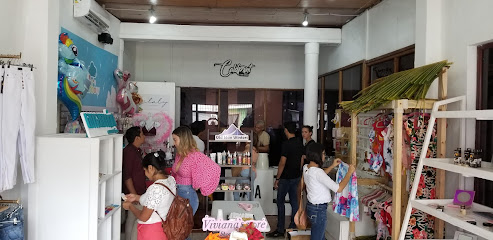
Essential bars & hidden hideouts
Hangover Wings and Beer
Discover the lively atmosphere and delicious flavors at Hangover Wings and Beer in the heart of Masaya, where unforgettable nights await.
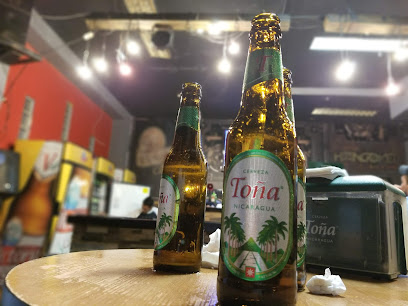
bistros bar
Experience the lively ambiance and local flavors at Bistros Bar in Masaya, a perfect spot for relaxation and nightlife.
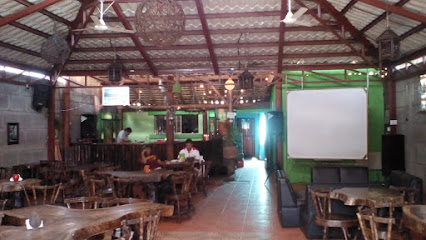
Alaya Bar&Lounge
Experience the vibrant nightlife of Masaya at Alaya Bar & Lounge, where local flavors and unique cocktails await in a lively atmosphere.
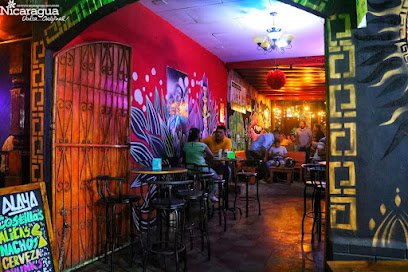
Bonsai Bar & Longe
Experience vibrant nightlife at Bonsai Bar & Lounge in Masaya, where local culture meets refreshing drinks in a cozy atmosphere.
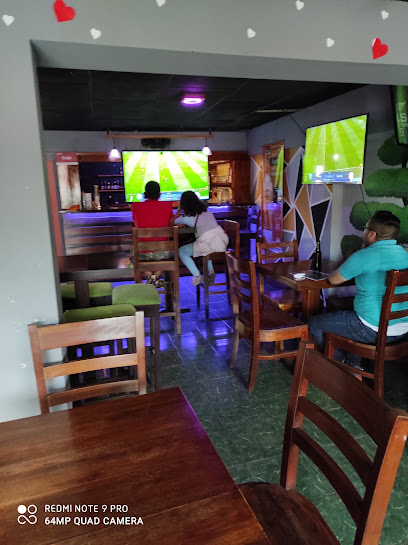
Mystic Bar Lounge Masaya
Discover the vibrant flavors of Nicaragua at Mystic Bar Lounge Masaya, where grilled delights meet a lively atmosphere.
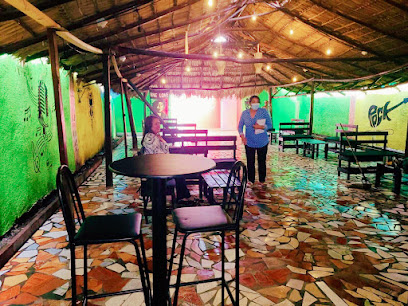
Bar cadejos
Experience the vibrant nightlife at Bar Cadejos in Masaya, featuring local flavors, artisanal cocktails, and live music for an unforgettable evening.

El Atico Rock Bar
Experience the vibrant nightlife of Masaya at El Atico Rock Bar, where music, culture, and great drinks come together in an unforgettable setting.

Eco's Lounge Bar
Unwind in Masaya's Eco's Lounge Bar, where lively atmosphere and local flavors create the perfect evening retreat.
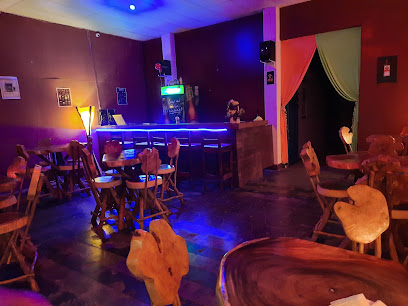
Antigua Corona De Oro Bar
Discover the vibrant nightlife at Antigua Corona De Oro Bar in Masaya, where local spirits and a welcoming atmosphere await.
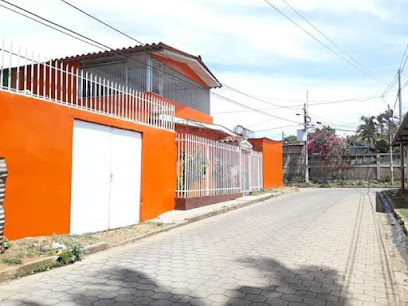
Bar El Sombrerito
Experience the lively nightlife and cultural essence of Nicaragua at Bar El Sombrerito, a favorite bar in Masaya with refreshing drinks and local charm.
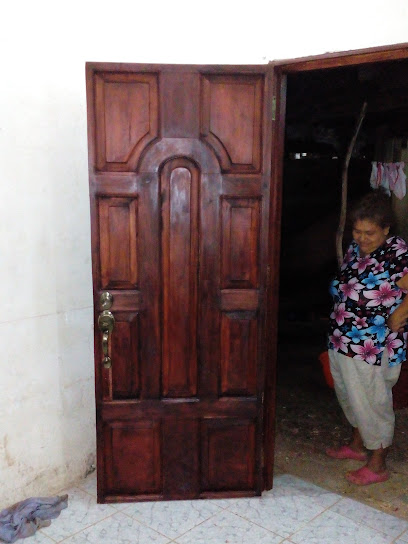
DRINK HOUSE BAR
Discover the lively ambiance and diverse drink selection at Drink House Bar in Masaya, a perfect spot for nightlife enthusiasts.
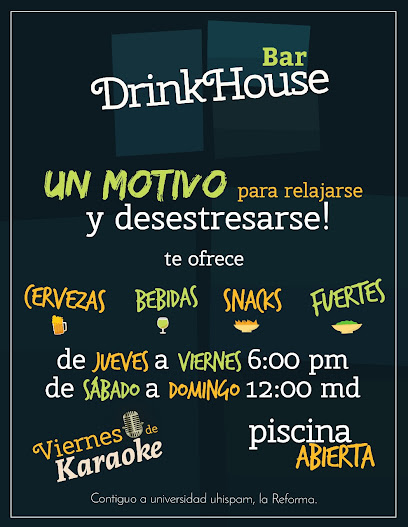
Martin's Bar
Experience the vibrant nightlife at Martin's Bar in Masaya, where locals and tourists unite for unforgettable evenings filled with culture and camaraderie.
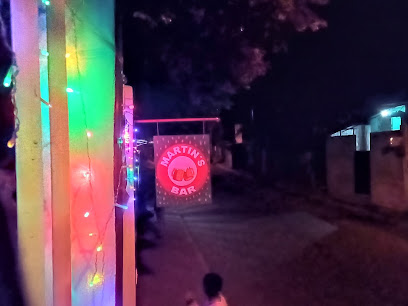
Nueva Guinea Nicaragua
Experience the lively culture and vibrant nightlife of Nueva Guinea, Nicaragua, where tradition meets modernity in a charming setting.

Ponkitos Cocktail
Experience the vibrant cocktail culture at Ponkitos Cocktail in Masaya, where every sip transports you to tropical paradise.

BAR LA CUBETA
Experience the lively nightlife of Masaya at Bar La Cubeta, where local culture and refreshing drinks come together in a vibrant atmosphere.

Travel experiences inspired by this city
Explore more travel diariesLocal Phrases
-
- Hello¡Hola!
[oh-lah] - Goodbye¡Adiós!
[ah-dee-ohs] - Yes¡Sí!
[see] - No¡No!
[noh] - Please/You're welcomePor favor/De nada
[pohr fah-bohr/deh nah-dah] - Thank you¡Gracias!
[grah-see-ahs] - Excuse me/Sorry¡Perdón!
[pehr-dohn] - How are you?¿Cómo estás?
[koh-moh ehs-tahs] - Fine. And you?Bien. ¿Y tú?
[byehn. ee too] - Do you speak English?¿Hablas inglés?
[ah-blahs een-glehs] - I don't understandNo entiendo
[noh ehn-tee-ehn-doh]
- Hello¡Hola!
-
- I'd like to see the menu, pleaseMe gustaría ver el menú, por favor
[meh goos-tah-ree-ah behr ehl meh-noo pohr fah-bohr] - I don't eat meatNo como carne
[noh koh-moh kahr-neh] - Cheers!¡Salud!
[sah-lood] - I would like to pay, pleaseMe gustaría pagar, por favor
[meh goos-tah-ree-ah pah-gahr pohr fah-bohr]
- I'd like to see the menu, pleaseMe gustaría ver el menú, por favor
-
- Help!¡Ayuda!
[ah-yoo-dah] - Go away!¡Vete!
[veh-teh] - Call the Police!¡Llama a la policía!
[yah-mah ah lah poh-lee-see-ah] - Call a doctor!¡Llama a un doctor!
[yah-mah ah oon dohk-tohr] - I'm lostEstoy perdido
[ehs-toy pehr-dee-doh] - I'm illEstoy enfermo/a
[ehs-toy ehn-fehr-moh/ah]
- Help!¡Ayuda!
-
- I'd like to buy...Me gustaría comprar...
[meh goos-tah-ree-ah kohm-prahr] - I'm just lookingSólo estoy mirando
[soh-loh ehs-toy meer-ahn-doh] - How much is it?¿Cuánto cuesta?
[kwan-toh kwehs-tah] - That's too expensiveEsto es muy caro
[ehs-toh ehs moo-ee kah-roh] - Can you lower the price?¿Puedes bajar el precio?
[pweh-dehs bah-hahr ehl pree-syoh]
- I'd like to buy...Me gustaría comprar...
-
- What time is it?¿Qué hora es?
[keh oh-rah ehs] - It's one o'clockEs la una
[ehs lah oo-nah] - Half past (10)Media (10)
[meh-dee-ah (dee-ehs)] - MorningMañana
[mah-nyah-nah] - AfternoonTarde
[tahr-deh] - EveningNoche
[noh-cheh] - YesterdayAyer
[ah-yehr] - TodayHoy
[oy] - TomorrowMañana
[mah-nyah-nah] - 1Uno
[oo-noh] - 2Dos
[dohs] - 3Tres
[trehs] - 4Cuatro
[kwah-troh] - 5Cinco
[seen-koh] - 6Seis
[sehs] - 7Siete
[see-eh-teh] - 8Ocho
[oh-choh] - 9Nueve
[nweh-veh] - 10Diez
[dyehs]
- What time is it?¿Qué hora es?
-
- Where's a/the...?¿Dónde está...?
[dohn-deh ehs-tah] - What's the address?¿Cuál es la dirección?
[kwal ehs lah dee-rehk-syon] - Can you show me (on the map)?¿Puedes mostrarme (en el mapa)?
[pweh-dehs mohs-trar-meh (ehn ehl mah-pah)] - When's the next (bus)?¿Cuándo es el próximo (autobús)?
[kwan-doh ehs ehl proh-ksee-moh (ow-toh-boos)] - A ticket (to ....)Un boleto (a ....)
[oon boh-leh-toh (ah)]
- Where's a/the...?¿Dónde está...?
History of Masaya
-
Before the arrival of the Spanish, the region now known as Masaya was inhabited by indigenous tribes, primarily the Chorotegas and the Niquiranos. These groups lived in well-organized societies with complex agricultural practices and vibrant cultural traditions. Archeological evidence suggests that Masaya was an important center for trade and religious activities long before European contact.
-
In the early 16th century, Spanish conquistadors arrived in the region, dramatically altering the course of Masaya’s history. The indigenous people fiercely resisted the Spanish invasion, leading to numerous conflicts. However, the superior weaponry and military tactics of the Spanish eventually led to their control over the area. The Spanish imposed their language, religion, and governance systems, which have left a lasting impact on Masaya’s cultural landscape.
-
One of the most significant natural events in the history of Masaya is the frequent eruptions of the Masaya Volcano. Known as the 'Mouth of Hell' by the Spanish, the volcano has been active for thousands of years. The most notable eruption in modern history occurred in 1772, which dramatically altered the landscape and forced evacuations. The volcano remains one of Masaya’s most iconic and awe-inspiring landmarks.
-
Masaya played a crucial role in Nicaragua’s struggle for independence from Spain in the early 19th century. The city became a hotbed of revolutionary activity, with local leaders and residents participating in various uprisings. Nicaragua eventually gained independence in 1821, and Masaya continued to be a center of political and social change throughout the 19th century.
-
In 1912, Masaya was the site of a significant rebellion against the government of President Adolfo Díaz. The rebellion was part of a larger series of conflicts known as the Nicaraguan Civil War. Rebel forces, led by General Luis Mena, occupied Masaya and fought against government troops. The conflict drew international attention and led to the intervention of U.S. Marines, who eventually quelled the rebellion.
-
During the late 20th century, Masaya was deeply affected by the Sandinista Revolution, which sought to overthrow the Somoza dictatorship. The city was a stronghold for Sandinista support, and many residents participated in the revolutionary activities. The revolution succeeded in 1979, leading to significant political and social changes across Nicaragua, including Masaya.
-
Masaya is often referred to as the 'Cradle of Nicaraguan Folklore' due to its rich cultural heritage. The city is renowned for its vibrant festivals, traditional dances, and artisan crafts. The annual San Jerónimo Festival, one of the longest and most colorful celebrations in Nicaragua, reflects the deep-rooted cultural traditions of the people of Masaya.
-
Today, Masaya is a bustling city that blends its historical legacy with modern development. It is a popular destination for tourists seeking to explore its historical sites, vibrant markets, and natural beauty. The Masaya Volcano National Park remains a major attraction, offering visitors a chance to witness the power of an active volcano. The city continues to celebrate its cultural heritage through various festivals and events, making it a unique and unforgettable destination.
Masaya Essentials
-
Masaya is located approximately 30 kilometers south of Managua, the capital of Nicaragua. The nearest international airport is Augusto C. Sandino International Airport in Managua. From the airport, you can take a taxi, shuttle service, or rent a car to reach Masaya. The journey typically takes around 40 minutes by road. Public buses also operate between Managua and Masaya and are a budget-friendly option for travelers.
-
Masaya is a relatively small city, and many of its attractions are within walking distance. Local taxis are readily available and inexpensive. For longer trips, consider renting a car to explore the surrounding areas at your own pace. Public buses and minibuses (known as 'colectivos') operate within the city and connect to nearby towns and villages. Biking is also a popular way to get around, especially for visiting the Masaya Volcano National Park.
-
The official currency in Nicaragua is the Nicaraguan Córdoba (NIO). Credit cards are accepted in many hotels, restaurants, and shops, but it is advisable to carry cash, especially in smaller establishments and rural areas. ATMs are available throughout Masaya, but it is wise to withdraw sufficient cash in larger cities to ensure you have enough funds for your trip.
-
Masaya is generally a safe destination for tourists, but like any travel destination, it is important to take standard precautions. Avoid walking alone at night in unfamiliar areas and keep an eye on your belongings in crowded places. Specific areas to be cautious in include the Mercado de Artesanías and the surrounding neighborhoods, where pickpocketing can occur. Always stay vigilant and aware of your surroundings.
-
In case of emergency, dial 118 for immediate assistance. The local police station and medical facilities are available in Masaya. Major hospitals are located in nearby Managua, so having travel insurance that covers medical emergencies is recommended. For minor health issues, there are pharmacies in the city where you can purchase over-the-counter medications.
-
Fashion: Do dress modestly, especially when visiting religious sites. Lightweight, breathable clothing is recommended due to the tropical climate. Religion: Do respect local customs and traditions. When visiting churches, dress conservatively and avoid disruptive behavior. Public Transport: Do be respectful and give up your seat to elderly passengers. Don't eat or drink on public transport. Greetings: Do greet people with a handshake. A friendly 'Hola' or 'Buenos días' is also appreciated. Eating & Drinking: Do try local delicacies and accept food offerings graciously. Don’t refuse hospitality, as it is considered impolite.
-
To experience Masaya like a local, visit the local markets, such as the Mercado de Artesanías, where you can buy handcrafted goods and traditional Nicaraguan items. Engage with locals, as they are often friendly and willing to share stories about the city’s history and culture. Don't miss visiting the Masaya Volcano National Park, where you can peer into an active volcano. For a unique experience, attend a traditional 'Baile de Negras' dance performance, which is a significant part of Masaya’s cultural heritage.
Trending Landmark in Masaya
-
Mirador de Catarina
-
Masaya Central Park
-
Parque Japón Nicaragua
-
Cristo de La Misericordia
-
Plaza Nicaragua
-
Hyatt Place Managua
-
Reserva Natural Volcán Mombacho
-
Granada Malecon
-
Catedral Metropolitana de Managua
-
Reloj Público de Diriamba
-
Xalteva Park
-
Masaya Volcano
-
Malecon
-
Santiago of Managua Cathedral
-
El Mercado Viejo Craft Market
Nearby Cities to Masaya
-
Things To Do in Granada
-
Things To Do in Managua
-
Things To Do in Rivas
-
Things To Do in Ometepe
-
Things To Do in San Juan del Sur
-
Things To Do in Jinotega
-
Things To Do in Liberia
-
Things To Do in Playa Flamingo
-
Things To Do in Guanacaste
-
Things To Do in Tamarindo
-
Things To Do in La Fortuna
-
Things To Do in Monteverde
-
Things To Do in Tegucigalpa
-
Things To Do in San Miguel
-
Things To Do in Jaco










